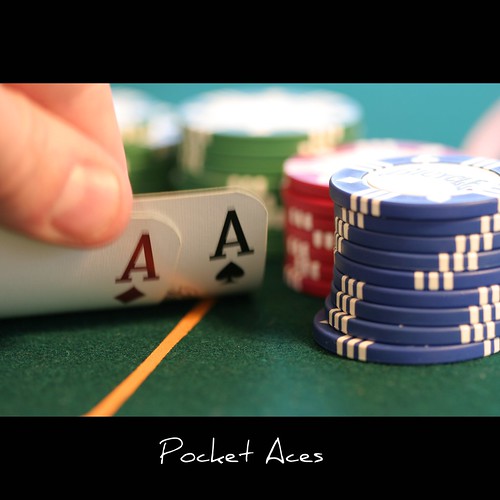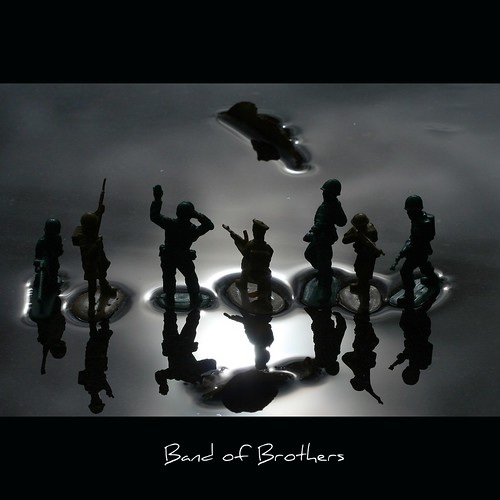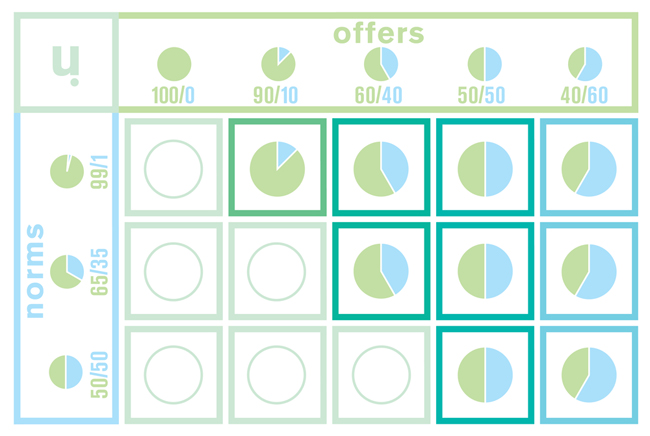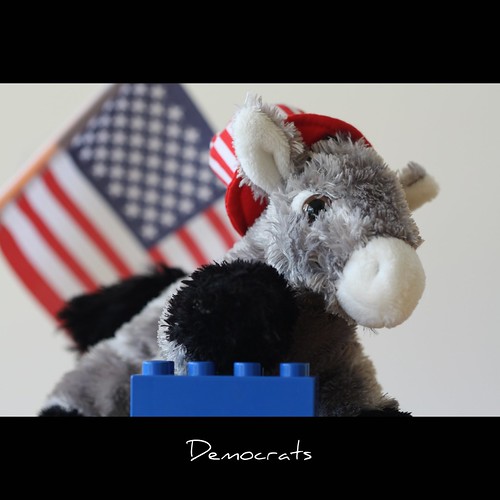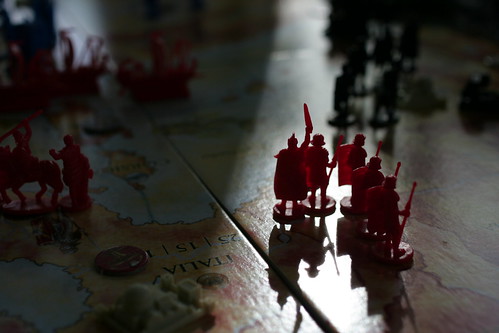In this class, we studied auctions. Our taxonomy for types of auctions was:
|
|
Open
|
Closed
|
|
1st Price
|
Dutch
|
Yankee
|
|
2nd Price
|
English
|
Vickrey
|
We also compared auctions for cash and shares.
Strategic Equivalence
Two auctions are strategically equivalent, if bidders follow the same bidding/drop out strategies. We easily deduced that Dutch and Yankee auctions are strategically equivalent since the decision about when to stop the clock in a Dutch auction was identical to the bid in a Yankee auction.
When bidders know their own values, then Vickrey and English auctions are also strategically equivalent. Clearly, you drop out of an English auction when the bid exceeds your value and you bid your value in a Vickrey auction.
Bidding
While bidding in a Vickrey auction was easy to determine, bidding in a first-price auction is much trickier, it depends on your mental model of the rival. Under an optimal bid, the marginal benefit of increased chance of winning times the surplus gained is equal to the marginal cost of paying $1 more in all circumstances that you win the auction.
The result of this tradeoff was that, in equilibrium, you bid up to your best guess as to the value of your highest rival, conditional on the fact that her value is below yours. Intuitively, imagine you knew the value of your rival. Call this amount x, and suppose that it is less than your value, v. Then you would want to bid x + a little bit to just beat your rival. Since you do not know your rival's value, in equilibrium you make your best guess at it conditional on the fact that it is lower than your value. The reason this conditioning makes sense is that, when your rival's value is higher, you lose the auction, so these circumstances are irrelevant.
Revenue Equivalence
Now that we know the equilibrium under a first price auction, we can compare the revenues with the Vickrey. In the Vickrey, the high bidder pays the value of the highest rival. In the first price auction, the high bidder pays her bid, which is equal to the expected value of the highest rival. On average, the payment of the high bidder
is exactly the same in the two auctions.
It turns out this is a general property. Here is one statement of the
revenue equivalence theorem (RET):
Any pair of auctions where:
1. The allocation is efficient (i.e. the highest value bidder gets the item)
2. There is free opt-out.
3. Payment is in cash.
4. Risk-neutral bidders draw values from the same distribution
are revenue equivalent. Moreover, the expected payments of each of the bidders is the same in the two auctions.
The theorem extends to the case where there are
k identical items, so long as each bidder can get only one item. It also extends to the case where there is a reserve price, so long as the two auctions exclude the same set of low-valued bidders. It can also extend to situations where bidders do not know their values exactly.
The RET is a very powerful tool. It lets us analyze all sorts of things, even things that do not seem like auctions. Examples include R&D races, lobbying, legal battles, queuing, sales contests, and price wars. However, one should be careful not to take it too seriously. It's a starting point. In most circumstances, things do not quite satisfy the RET.
Cash versus Shares
One example where the RET does not apply is cash versus shares auctions. In an English shares auction, the payment of the winning bidder depends on her value precisely. In a cash auction, it does not (the payment equals the bid of the highest rival). This creates a
linkage between the payment of the winner and her value. The
linkage principle says that, on average, the greater the linkage, the more the revenue to the seller. We saw that VCs do better with shares than with cash.
Another example of the linkage principle concerns disclosure of information concerning the value of the item up for auction. A policy of
committing to disclose this information will also produce higher revenues on average. The commitment aspect is important since there will be a temptation not to disclose information if it is bad news. It turns out there is a disclosure game that, under some conditions, we can do without the commitment assumption, but we'll leave that aside for now.
Key takeaways:
1. A market designer has a choice of payment rule and auction type. There are pros and cons to each possibility though some choices are strategically equivalent with sophisticated bidders who know their values.
2. The RET is a benchmark identifying conditions where the revenues are the same for common auction forms.
3. A useful lever to increase revenues is the linkage principle--the more closely payments are linked to the value of the winning bidder, the more money the auctioneer makes. Shares auctions create linkage through the value of the equity stake.

